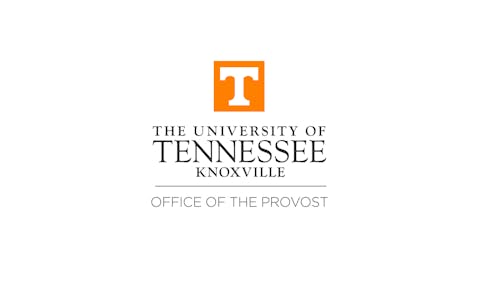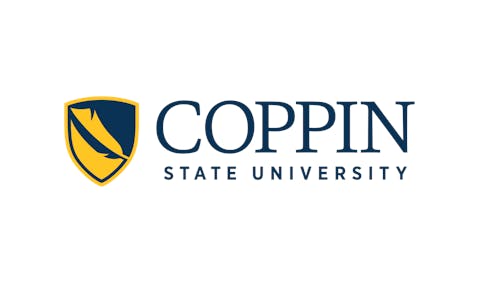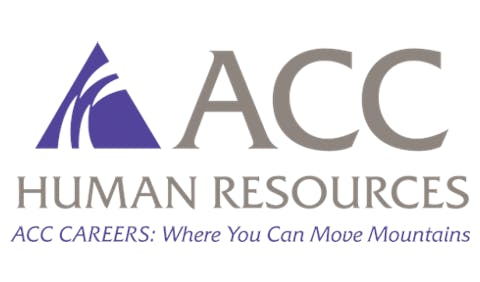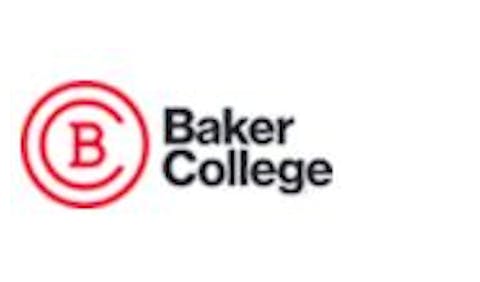
The report, which analyzes application data through March 1, 2025, reveals that 1,390,256 distinct first-year applicants submitted a total of 8,535,903 applications to 863 returning Common App member institutions—marking a 4% increase in applicants and a 6% increase in total applications compared to the same period last year.
One of the most significant trends is the substantial growth among underrepresented minority applicants, which increased by 12% over last year. Specifically:
- Latinx applicants rose by 13%
- Black or African American applicants increased by 10%
- The share of domestic applicants identifying as Black or African American grew from 13.3% to 14%
- White applicants' share of the applicant pool continued its long-term decline, dropping from 48.2% to 45.7%
First-generation college students showed remarkable growth, with a 13% increase in applicants while continuing-generation applicants remained flat. Similarly, applicants eligible for Common App fee waivers increased by 9%, compared to just 2% for non-eligible students.
Students from lower-income communities also made strong gains:
- Applicants from ZIP codes with below-median household incomes increased by 8%
- Applicants from above-median income ZIP codes grew by only 3%
The report highlights several notable geographic patterns:
- The Southwestern region experienced the fastest growth at 34%
- Texas led state-level growth with a 37% increase in applicants
- District of Columbia applicants grew by 18%
- For the first time since 2019, domestic applicant growth (5%) outpaced international applicant growth, which declined by 1%
Applications to public institutions grew at 10%, significantly outpacing the 2% growth rate for private institutions. Additionally, less selective institutions (those with admit rates above 25%) saw application growth of 6-7%, while the most selective institutions (admit rates below 25%) experienced the slowest growth at 4%.
For the first time since the 2021-22 season, applicants reporting test scores (up 11%) outpaced those not reporting scores (down 1%). This reversal comes despite minimal change in the proportion of institutions requiring test scores (increasing only from 4% to 5% of member schools).
This comprehensive report offers valuable insights into college application trends as institutions finalize their incoming classes for the 2025-26 academic year. A more detailed analysis is expected in August when Common App releases its full end-of-cycle report.















